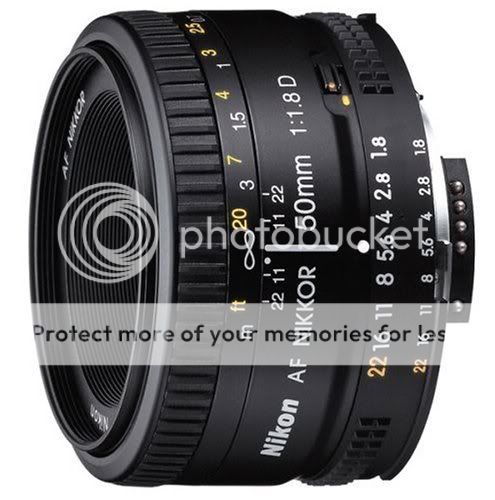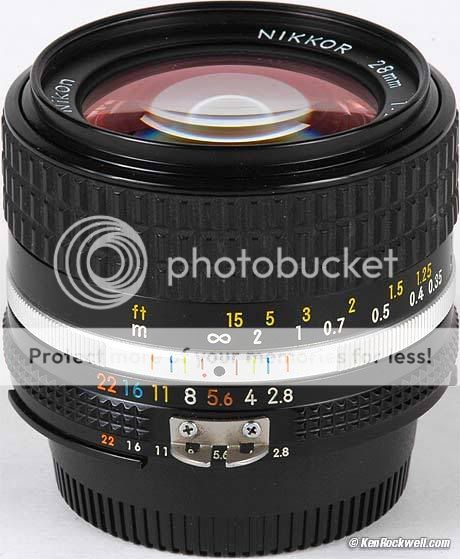AMOMENT
TPF Noob!
- Joined
- Sep 27, 2011
- Messages
- 701
- Reaction score
- 48
- Location
- NY
- Can others edit my Photos
- Photos OK to edit
I am working on applying different DOF settings. I understand the concept. Usually for close-ups, you want a shallow depth of field correct? When you want more of the picture in focus than you want to increase your DOF. If you are trying to photograph a landscape, than you most likely want a much higher f-stop number and you therefore either have to bump up the ISO or slow the shutter to allow more light in...right?
I guess what I am struggling with now is reading my DOF on my camera. I have a Nikon d3100. I think there is a place to view it because when I look through my viewfinder there are numbers on the bottom in red ; what they mean, I have no idea. I have seen some online DOF calculators which seem helpful if you have the time to calculate before each shot. This is not practical because I shoot children alot. I am also doing some free shoots (so far family loved pics!) and I am literally changing positions every second to capture precious moments. . Any suggestions? If I was doing posed pics with a tri-pod than this would make more sense.
Well, I'll take any advice you can give me!! I have been shooting RAW or rawfine jpg. I almost always have to increase the saturation and contrast and I sometimes highlight my subject and brighten just them. I also sharpen the eyes. These seem to be my standard tweaks. Sometimes I find my pics are a little washed out. I'm guessing this is just me learning to work with the light. Last but not least in relation to focus and DOF, I have 11 auto focus points on my camera. I usually select the middle ones because they have cross points right? Which is good for shooting kids? I can only shoot one point at a time. have read and gathered that you usually want your focus to be on the eyes of your subject. Do I focus the point in between the subject's eyes so that their face is sure to be in focus? What if there is more than one person? My guess is to center my focal point in the "crowd" and to then increase my aperture to increase my DOF while moving father from my subject. Am I correct?
I guess what I am struggling with now is reading my DOF on my camera. I have a Nikon d3100. I think there is a place to view it because when I look through my viewfinder there are numbers on the bottom in red ; what they mean, I have no idea. I have seen some online DOF calculators which seem helpful if you have the time to calculate before each shot. This is not practical because I shoot children alot. I am also doing some free shoots (so far family loved pics!) and I am literally changing positions every second to capture precious moments. . Any suggestions? If I was doing posed pics with a tri-pod than this would make more sense.
Well, I'll take any advice you can give me!! I have been shooting RAW or rawfine jpg. I almost always have to increase the saturation and contrast and I sometimes highlight my subject and brighten just them. I also sharpen the eyes. These seem to be my standard tweaks. Sometimes I find my pics are a little washed out. I'm guessing this is just me learning to work with the light. Last but not least in relation to focus and DOF, I have 11 auto focus points on my camera. I usually select the middle ones because they have cross points right? Which is good for shooting kids? I can only shoot one point at a time. have read and gathered that you usually want your focus to be on the eyes of your subject. Do I focus the point in between the subject's eyes so that their face is sure to be in focus? What if there is more than one person? My guess is to center my focal point in the "crowd" and to then increase my aperture to increase my DOF while moving father from my subject. Am I correct?










![[No title]](/data/xfmg/thumbnail/38/38727-8e7c94a88000531231f3040ce330aced.jpg?1734172599)




![[No title]](/data/xfmg/thumbnail/34/34122-fb99897e57c9440aede4be4fdc5f1352.jpg?1734164606)
